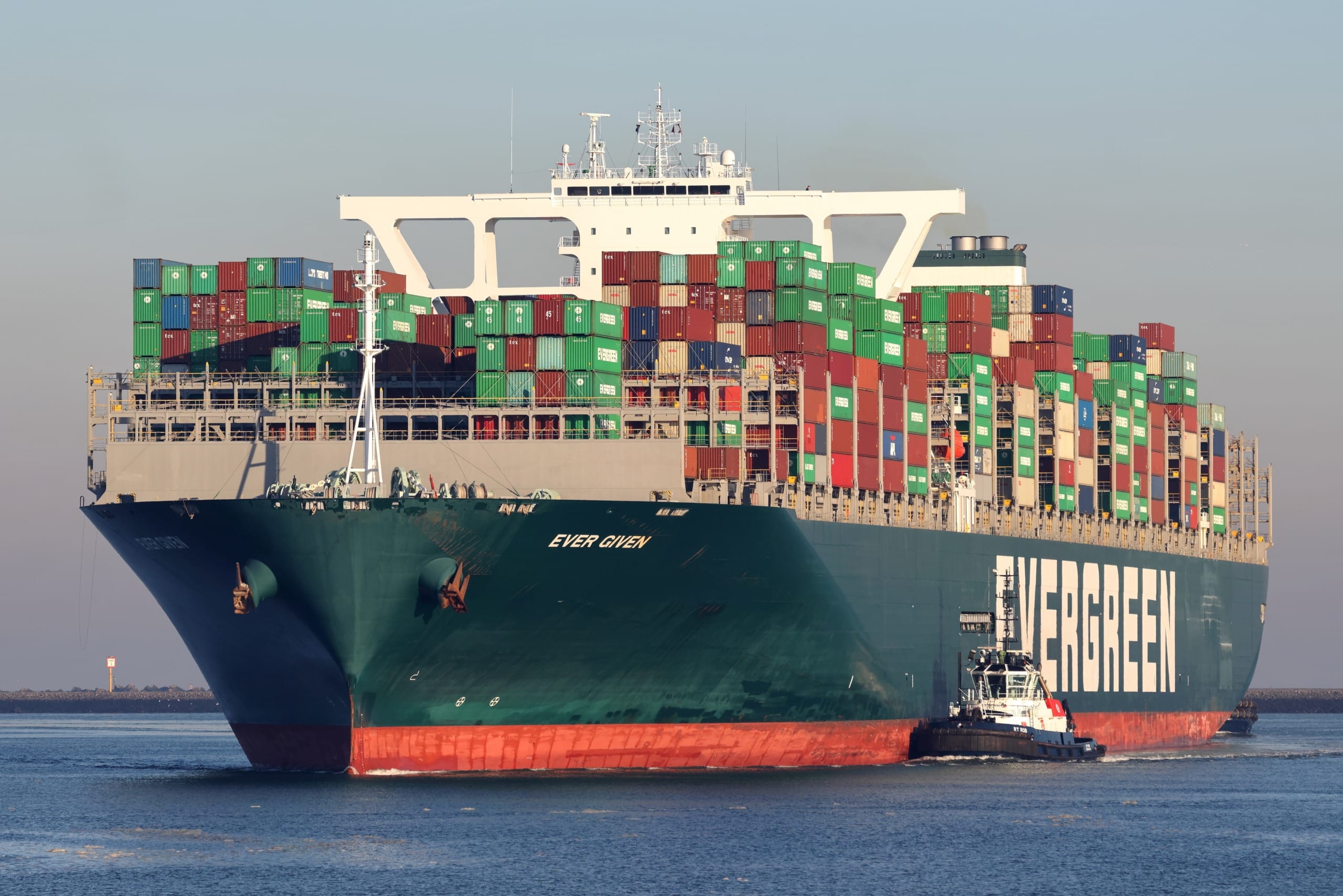Improving the quality of products sourced from Asian suppliers requires constant attention to details. Whether contract manufacturing something in Chicago or Chongqing it is important to define mutually agreed upon terms on the front end of an engagement rather than reacting to quality problems. Companies who commit to this succeed vs those who take an ad hoc or laissez faire approach . Here are some steps you can take to improve or ensure repeatable quality:
- Define QA/QC requirements: Clearly communicate these to suppliers, including specifications, standards, and testing protocols that must be met. Assumptions and expectations must be articulated and acknowledged at the beginning phases of agreements.
- Implement a quality management system: Establish a documented quality management system that outlines the processes and procedures for ensuring that products meet quality requirements. This can include quality control procedures, product testing protocols, and documentation standards.
- Conduct regular inspections: Facilities audits help identify any quality issues before they become bigger problems. If travel is difficult third-party inspection services provide an alternative option for in-line production QC and Pre-Shipment Inspections – (PSIs).
- Develop a strong supplier relationship: This is the subjective stuff. Factory bosses and owners value the effort of getting to know not just the company or brand they are working with but the people as well. Consistent communication, transparency, and collaboration can help build trust and foster a culture of continuous improvement. Now that China is open for travel (previously issued visas are being honored) perhaps it’s time to plan that trip.
- Provide feedback: Providing suppliers with information on the why can’t be overlooked. “This order was really well done because _____” Or “We have valued the responses and information your customer service has provided along the way.” Performance metrics, both positive and negative, help suppliers understand what they are doing well and which areas they need improvement.
- Consider two-way incentives: Consider providing incentives or discuss financial benefits for meeting or exceeding on time deliveries that meet all quality requirements. Often tiered costing is a way for each party to uphold their end of the bargain. When the brand/buyer meets forecasted, annualized volumes this builds credibility and allows the factory to purchase at greater scale. If agreed upon AQL (accepted quality levels) are met by the factory a slight increase in cost might be acceptable.
Repeatable quality is a journey and not a destination. It requires work by both parties with consistency and a dedicated effort. Key to this is finding the right fit on the front end, not just in Plant, Property and Equipment but in culture, philosophy and professionalism.
Contact Us






Follow Us